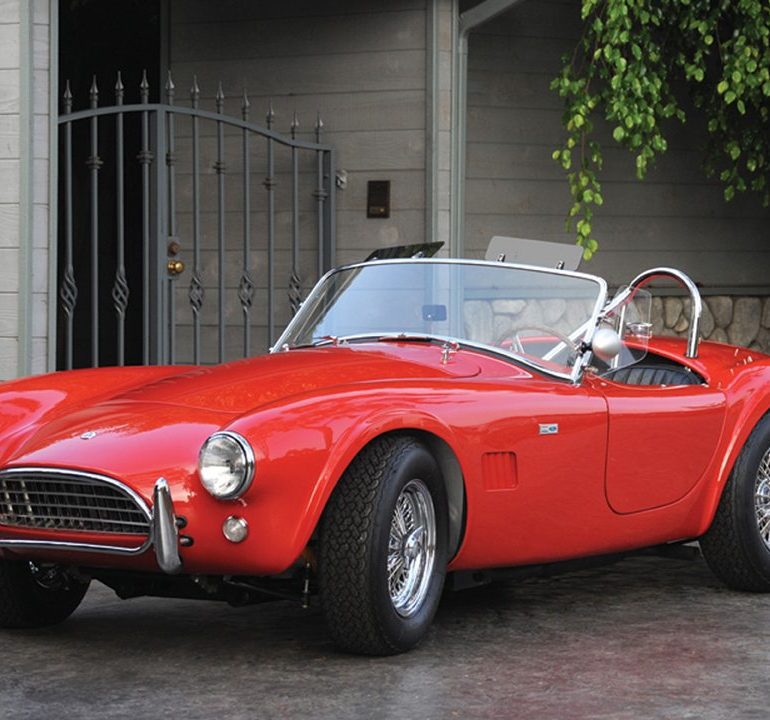Cleverly Proportioned & Intuitively Perfect
Let’s be clear about one thing. The Shelby Cobra is one of the most iconic sports cars of all time. Since its release, the Cobra’s popularity has continued in version after version, as kit cars, “continuation cars” and tribute cars. Both Ford and Shelby have recently revisited this iconic car with the potential of making new versions, but the classic persists. It’s the one everyone wants. What is it about this car that makes it so enticing, so desirable and so beautifully balanced as a design?



